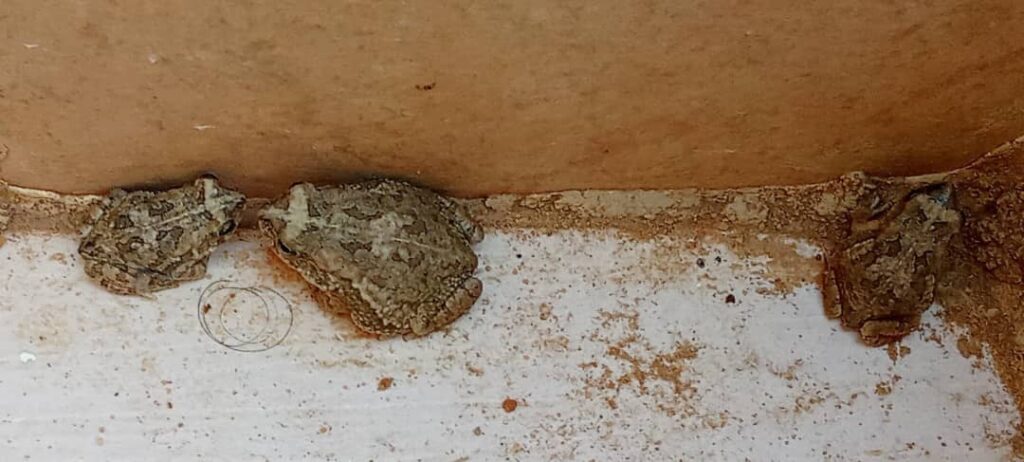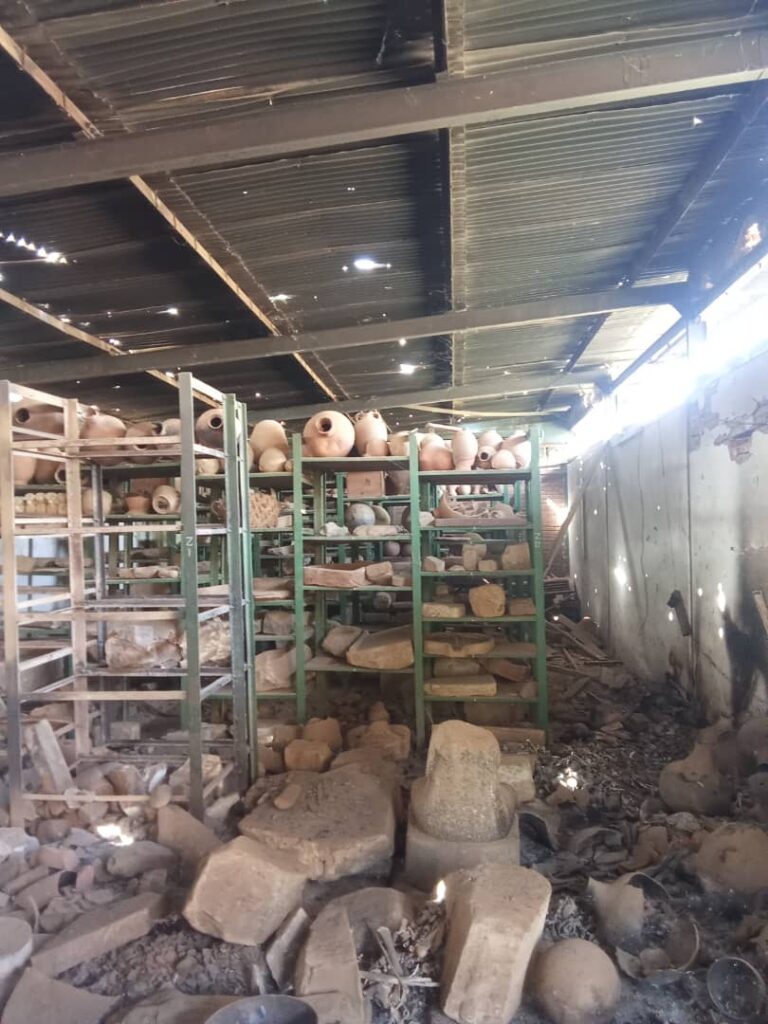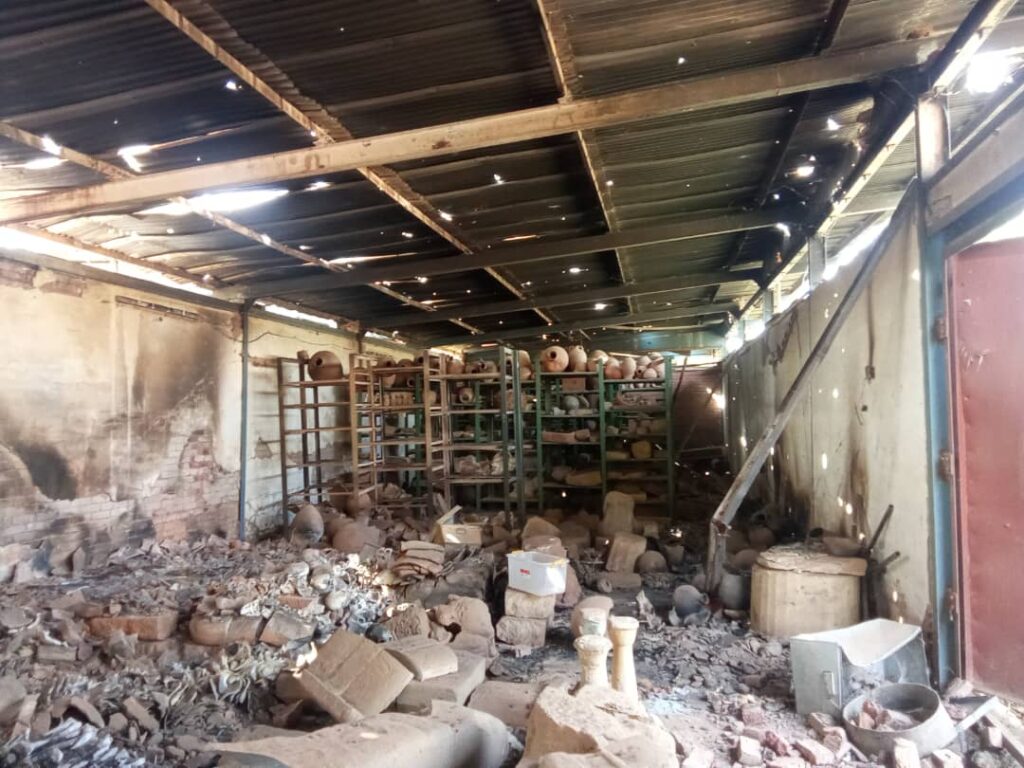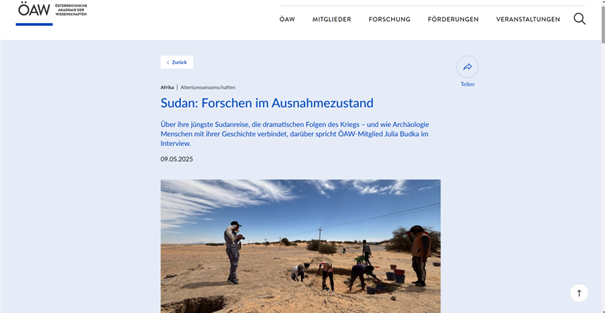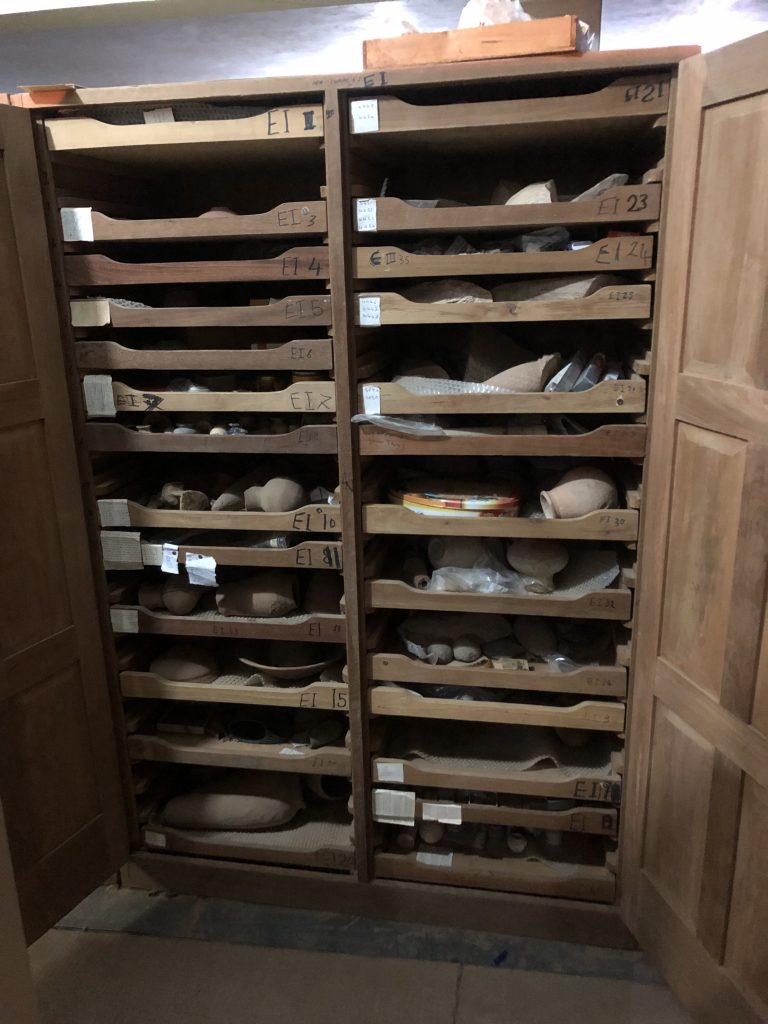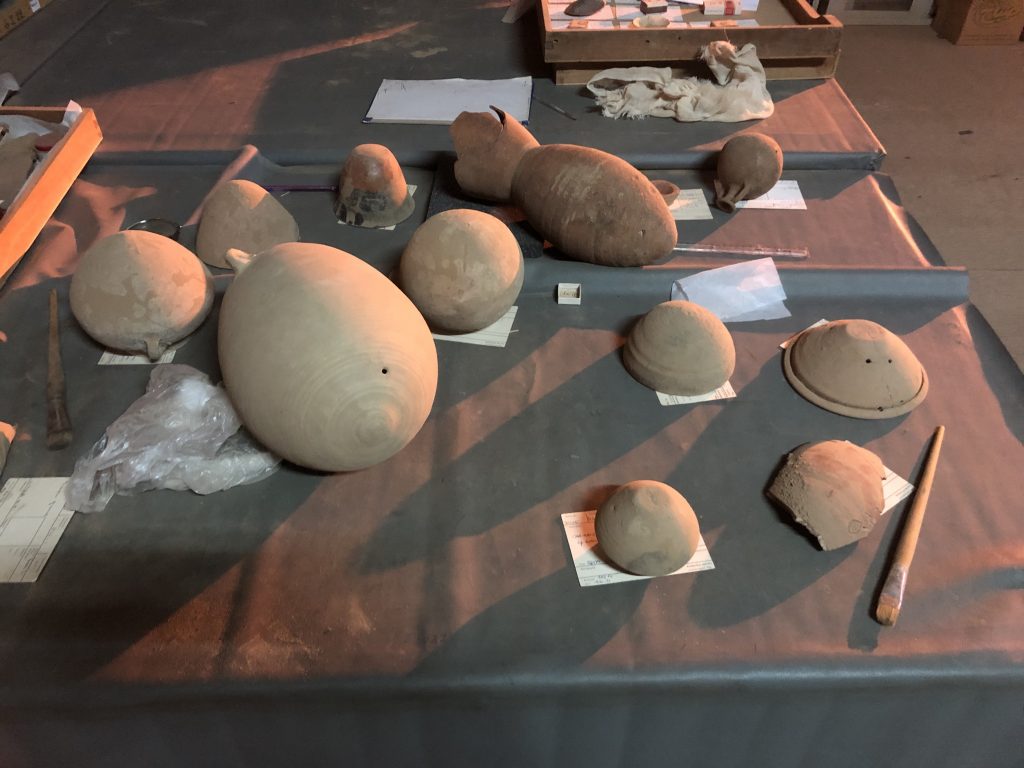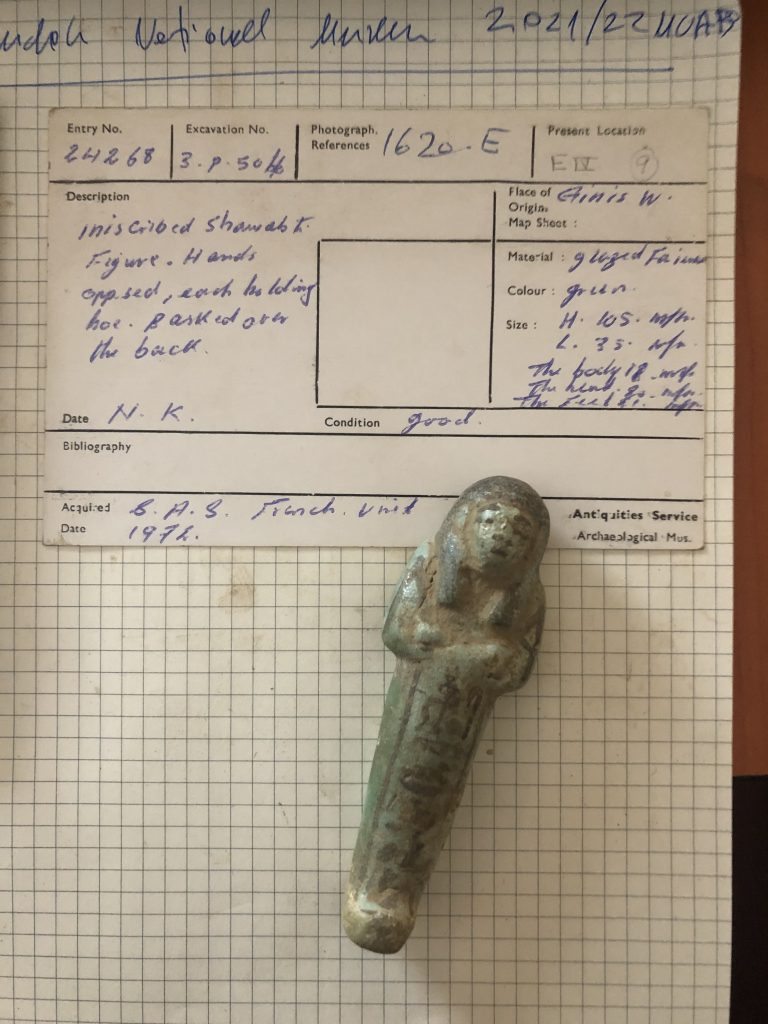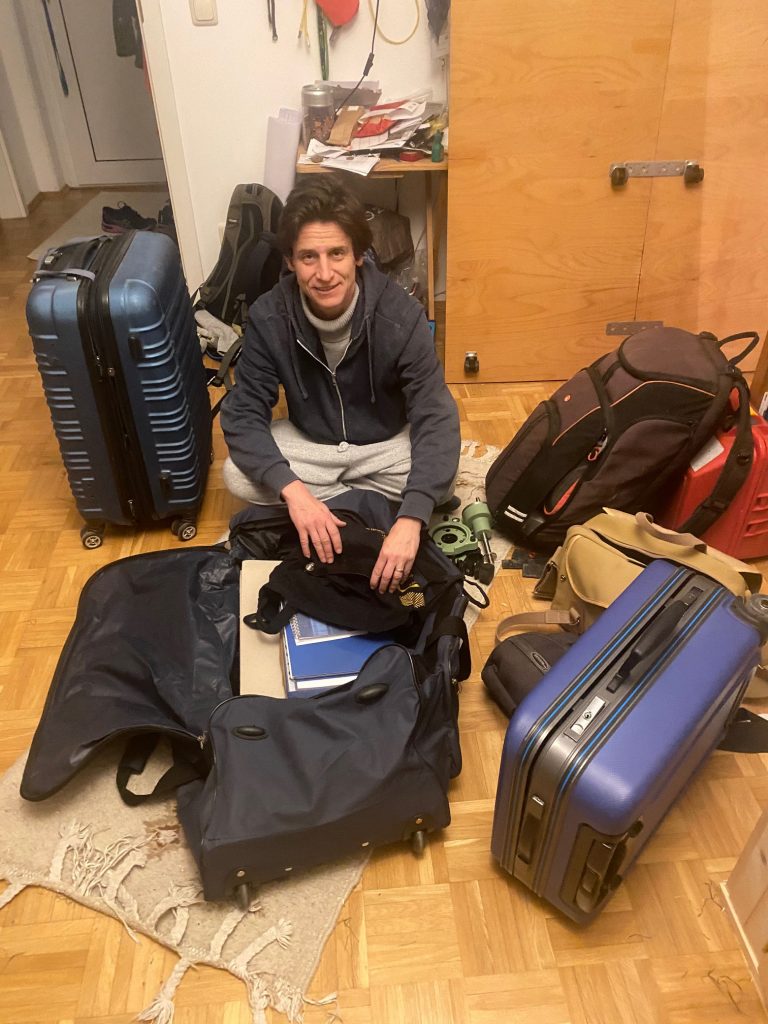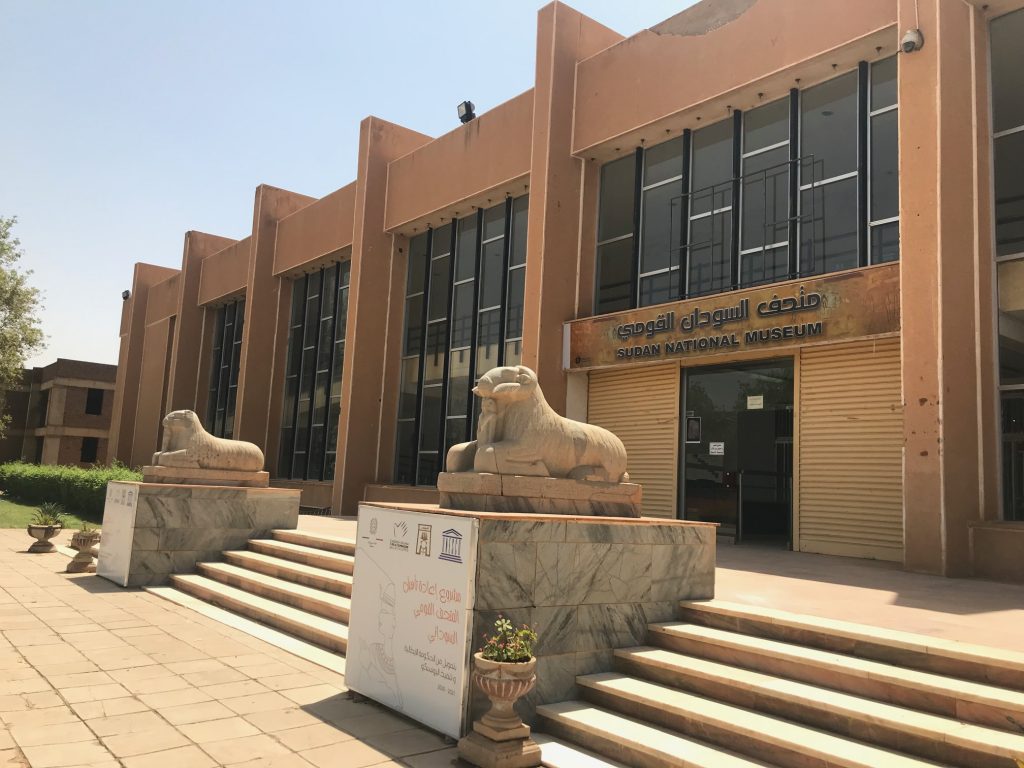by Huda Magzoub Elbashir, October 2025
Opinion of Officials on the Attack, Theft, and Looting of the Sudan National Museum:
Dr. Ghalia Garinabi, Director General of the Sudanese National Corporation for Antiquities and Museums (NCAM), described the incident as a „humanitarian catastrophe“ that poses a significant threat to Sudan’s cultural heritage. She expressed her deep regret over the incident and condemned the looting of the museum.
Details of the Attack and Theft:
- The museum was subjected to extensive looting and destruction, with over 100,000 artifacts stolen, including gold pieces, jewelry, and valuable historical artifacts.
- Some of the stolen artifacts are believed to have been smuggled out of Sudan, with some spotted in neighboring countries like South Sudan.
- The museum suffered significant damage to its infrastructure, including the destruction of laboratories and workshops.
Reactions and Efforts:
- International Cooperation: Sudanese authorities are working with international organizations to recover the stolen artifacts and hold those responsible accountable.
- Investigations: Authorities are conducting investigations to identify those responsible and bring them to justice.
- Awareness: Efforts are being made to raise awareness about the importance of preserving Sudan’s cultural heritage and combating artifact smuggling.
Dr. Ikhlas Abdel Latif, Director of Museums Administration and Head of the Unit for Tracking and Recovering Stolen Artifacts, described the incident as a „great calamity“ and stated that it was a systematic theft by the Rapid Support Forces. She noted that the attackers targeted the most valuable and lightweight artifacts, and destroyed some that they couldn’t carry, reflecting their barbaric treatment of Sudan’s heritage.
Abdel Hai Al-Sawai, Director of the Archaeological Discovery Department at the Sudanese National Corporation for Antiquities and Museums (NCAM), believes that Sudan’s antiquities have been exposed to significant risks due to the war, especially in Khartoum. He emphasized that the National Museum in Khartoum was the most affected, looted, and stolen, as it contains many eras of Sudan’s ancient history, in addition to the warehouses that hold thousands of artifacts from various eras.
Impact of the War on Museums and Antiquities:
- Destruction of Museums: Many museums and archaeological sites outside the capital were damaged, including the Sultan Ali Dinar Museum in Darfur.
- Looting of Antiquities: Many priceless historical artifacts were looted from the National Museum in Khartoum, and many other archaeological sites were affected.
- Assessment and Restoration Efforts: Efforts are underway to assess and evaluate the damage, with plans to restore damaged museums and recover stolen artifacts.
International Condemnation:
- United Nations Human Rights Office: Condemned the gross human rights violations in Sudan, including attacks on museums and archaeological sites.
- European Union: Strongly condemned the gross human rights violations in Sudan and called for the protection of cultural heritage and archaeological sites.
- United States: Condemned the attack on civilians and cultural heritage.
Scorched Ruins and Remnants of the Sultan Ali Dinar Museum in El Fasher city was partially destroyed due to shelling in October 2025. This attack sparked widespread condemnation and was considered by authorities and international organizations as a serious violation of Sudan’s cultural heritage.
The museum housed valuable artifacts and important historical documents, and its destruction is a significant loss to Sudan’s heritage.
The African Center for Justice and Peace Studies expresses its deep concern over the systematic targeting of cultural and historical sites by warring parties in Sudan. The destruction of historical sites by warring parties is a deliberate act aimed at erasing the history of the Sudanese people, particularly in the Darfur region, and attempting to eliminate symbols that unite communities in the region.
Support from Global Museums:
Global museums can provide effective support to the Sudan National Museum through:
- Technical and Expert Support: Providing experts in archaeology and restoration to assess damage and identify stolen artifacts.
- Financial Support: Funding projects to restore the museum and recover stolen artifacts.
- Diplomatic Support: Pressuring governments and international organizations to protect Sudan’s cultural heritage and recover stolen artifacts.
- Media Support: Raising awareness about the importance of preserving Sudan’s cultural heritage and combating the importance of combating artifact smuggling.

